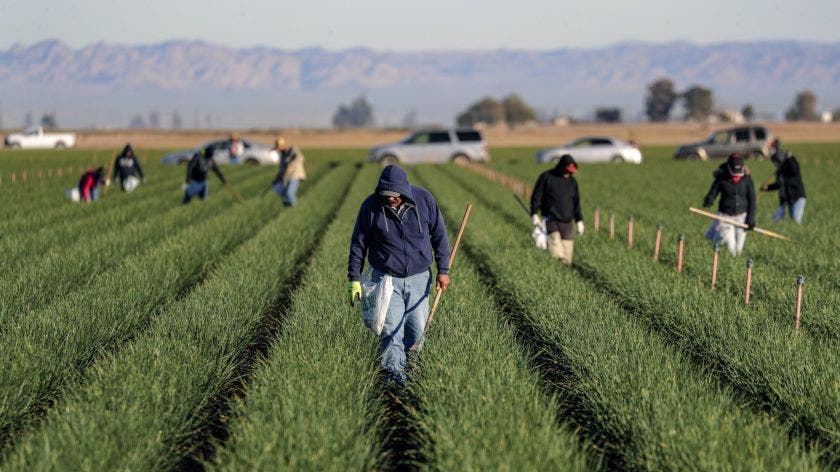More than 90% of the planet breathes unhealthy air, leading to seven million premature deaths per year and billions of dollars in extra costs for health services. But that’s not the single problem, as pollutants are also affecting the yield of food crops and their nutritional quality.

Food contributes to air pollution, releasing nitrogen compounds into the air. In turn, air pollution can impact food production. Ozone emissions react to form ground-level ozone, penetrating into the structure of the plant and affecting its ability to develop — a phenomenon seen across the globe.
California is not an exception. The state has lost up to US$1 billion in crops each year between 1980 and 2015 due to smog, according to a new study. Crops including grapes, strawberries, walnuts, peaches, nectarines, and hay lost between 2% and 22% of their yield over this period.
Having lower yields means bad news for California, which relies on agriculture as one of its main sources of income, and for the country as a whole, as the state is the largest agricultural producer, producing a third of the country’s vegetables and two-thirds of the country’s fruits and nuts.
Nevertheless, there might be a light at the end of the tunnel for California. The state has stepped up its game to reduce pollution over the years and if it continues doing so the efforts will likely pay off, the researchers estimate.
“The farming community can see improvements in yields related to a decrease in this ground-level ozone. If that continued, we could even see further improvements in the yields of these sensitive crops,” Steven Davis, an associate professor at the University of California Irvine and coauthor of the study.
Other studies previously looked at the effect of air pollution on staple crops such as wheat, soy, and rice. Now, Davis and the group of researchers decided to focus on different crops, known as perennials. These are more valuable than staples and have longer lifespans, meaning they could be more vulnerable to pollution.
The team analyzed pollution exposure and crop yields from 1980 to 2015, and also looked at the effects of warming on these perennial crops. They also projected crop yield changes up to 2050, expecting a decline in the that would boost wine grape production by 5% and nectarines by 8%.
“These aren’t the things that are providing the global population with its main source of calories. These are the sweet things in life – fruits, nuts and grapes for wine,” Davis said. Also, monetarily, some of these crops are a lot more valuable than wheat or corn.”
The results of the study can be applied to other farming areas, according to the researchers, who now want to look at the trajectory of California’s energy systems and what benefits they might have for specific crops. “We can start analyzing trade-offs of water use and energy and try to inform the policymakers about the most cost-effective and beneficial ways to go,” Davis said.
The study was published in Nature Food.


